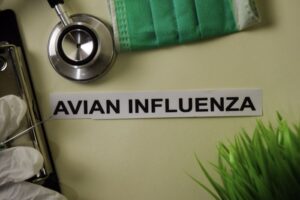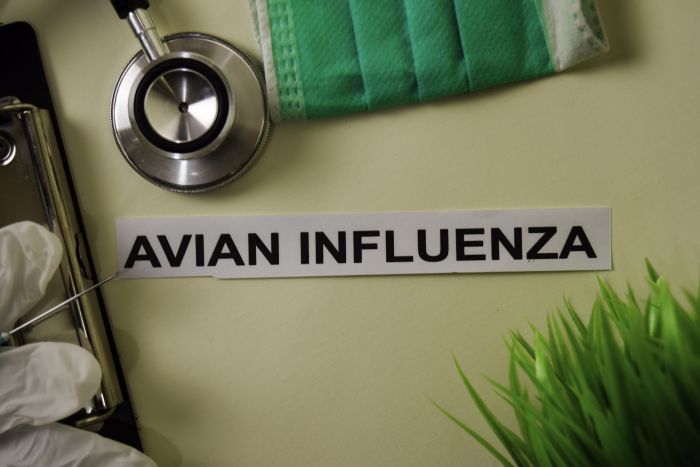 bangoland | Bigstock
bangoland | Bigstock
A young girl is hospitalized as ever more reports of the avian influenza virus in mammals emerge.
FEBRUARY 20, 2023
Repost from MARK CLEMENTS | WattPoultry.Co
The global avian influenza (AI) situation is going from bad to worse, and not simply for its direct impact on the poultry industry.
The other week, we reported on a cat in France that had to be euthanized after contracting AI. Europe is experiencing its worst-ever AI outbreak, but attention over recent weeks has turned to Latin America, where the virus is re-emerging in ever more countries.
What has not, however, been widely reported is that a nine-year-old girl in Ecuador has been hospitalized with AI.
This is the first reported case of human infection caused by avian influenza A (H5) virus in the Latin America and Caribbean region. Prior to infection, the child was otherwise well, but developed a variety of symptoms after her family acquired poultry that subsequently died without apparent cause.
The latest reports reveal that the girl remains in hospital, under isolation and with noninvasive mechanical ventilation.
List of affected species keeps growing
The case, perhaps, serves to strengthen a recent warning from the World Orgnisation for Animal Health (WOAH) that H5N1 may become better adapted to mammals, and of spillover to humans and other animals.
It points out that a rising number of H5N1 AI cases has been reported in several mammalian animals both terrestrial and aquatic, causing morbidity and mortality. This is sparking ever-more concern about the threat for the health of domestic and wild animals, biodiversity, and potentially human health.
The current situation, it says, highlights the risk that H5N1 may become better adapted to mammals. In addition, it warns, some mammals, such as mink, may act as mixing vessels for different influenza viruses, leading to the emergence of new strains and subtypes that could be more harmful.
Recently reported infections in farmed mink are a particular concern because infections of large numbers of mammals kept in close proximity to each other exacerbates this risk.
Several studies are currently ongoing to further explore virulence and transmissibility, the WOAH nevertheless is reminding its members to continue closely monitoring the situation to assess the risks to animals and humans and it stresses the need to implement strict biosecurity measures at poultry holdings. Amongst other actions it is calling for the movement of domestic animals to be more greatly controlled and for monitoring of die-offs in wild animals.
The list of mammals affected seems to keep growing, and includes, badgers, coyotes, foxes, raccoons, and various cat species, amongst others.
For the moment, the World Health Organization continues to assess the risk to humans to be low, and there have still been no recorded cases of human-to-human transmission.
As we all know, however, viruses mutate, and AI having already caused enormous damage to the poultry industry, could, without care, start to pose a great many more threats with more severe consequences.

